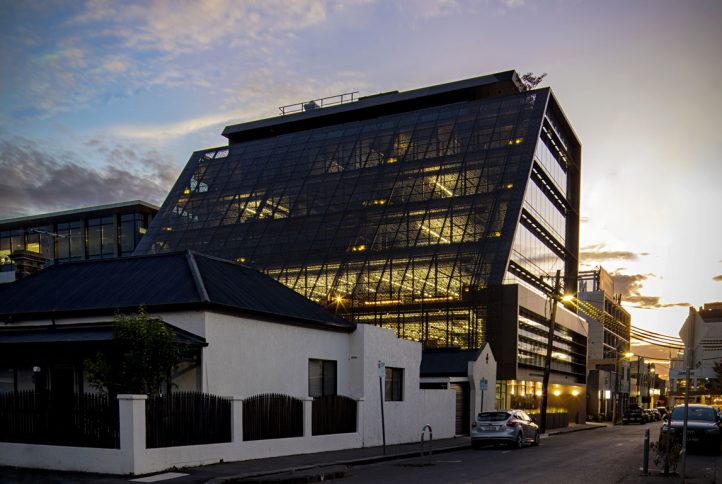Green Star is an internationally recognised sustainability rating system. Launched by the Green Building Council of Australia in 2003, Green Star is Australia’s only national, voluntary rating system for buildings and communities. Our built environment is currently the world’s single largest contributor to greenhouse gas emissions, and also consumes around a third of our water and generates 40 per cent of our waste. Green Star is helping to improve environmental efficiencies in our buildings, while also boosting productivity, creating jobs and improving the health and wellbeing of our communities.
What are the Benefits of Being Green?
A typical “Green” commercial building consumes on average 26% less energy and its greenhouse gas emissions are approximately 33% less than a standard commercial building.
In 2013, the GBCA – Green Building Council of Australia, commissioned a study (The Value of Green Star – A Decade of Environmental Benefits) which resulted in buildings having a Green Star certification, enabling the capability of reducing its impact to the environment by:
- Generating 62% less greenhouse gas emissions than the average of Australian commercial buildings.
- Recycling 96% of waste in comparison to 58% for the average Australian construction project.
- Reducing potable water consumption by 51%.
This, in turn, allows a building to be adaptable to an ever-changing landscape, to be proactive as opposed to reactive to potential rises in energy and water costs.
How do you achieve Green Star rating?
Achieve a Green Star accreditation required meeting several criteria throughout the course of the project:
- Management
- Indoor Environmental Quality
- Energy
- Transport
- Water
- Materials
- Land Use and Ecology
- Emissions
- Innovation
Credits are allocated to each category and awarded when efforts have been shown to fall in line with these criteria.
Being Green in the retail environment
There are several reasons behind why a retailer would want to move towards producing more sustainable environments:
- Increased Sales
- Lower operational costs
- Increased worker productivity and health
- Higher return on investment
- Attracting the best employees
- Attracting customers
For Green Star accreditation, a total of 3 points have been assigned to the application of lighting comfort within a retail environment and can be awarded by meeting the following criteria:
- Minimum Lighting Comfort – It is a minimum requirement of this credit that lights in the nominated area are flicker-free and accurately address the perception of colour in the space.
- General Illuminance and Glare Reduction – 1 point is available where, in the nominated area: Lighting levels and quality comply with best practice guidelines; and glare is eliminated.
- Surface Illuminance – 1 point is available where a combination of lighting and surfaces improve uniformity of lighting to give visual interest in the nominated area.
- Localised Lighting Control – 1 point is available where in the nominated area, occupants have the ability to control the lighting in their immediate environment.
Some of our recent works:
LPA has been working with retail and commercial clients to provide lighting solutions that meet the requirements for Green Star certification. Our experienced Lighting Designers are able to provide detailed drawings and relevant documentation for Green Star certification. Contact us today to discuss how our team can help you.





